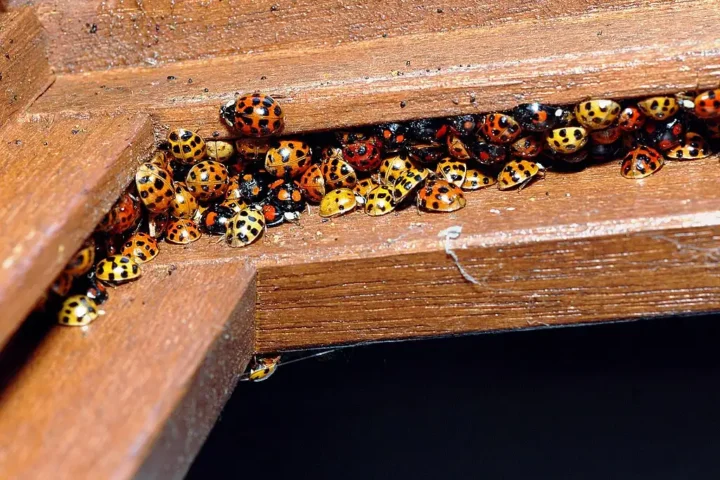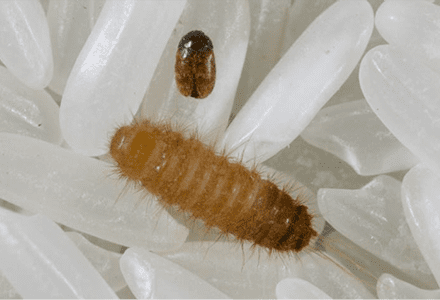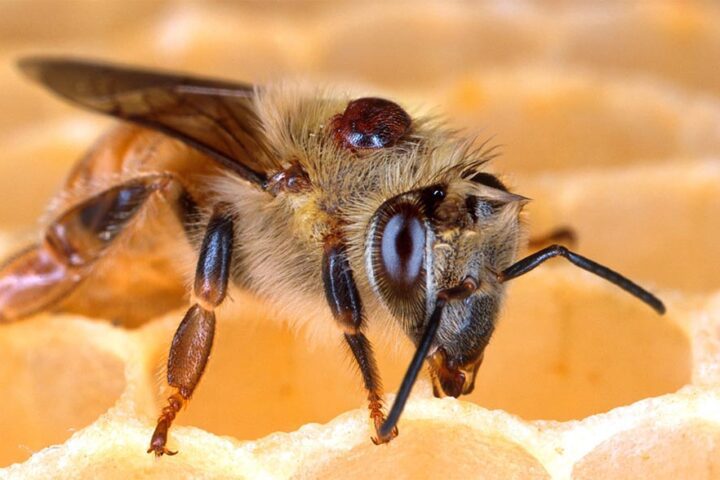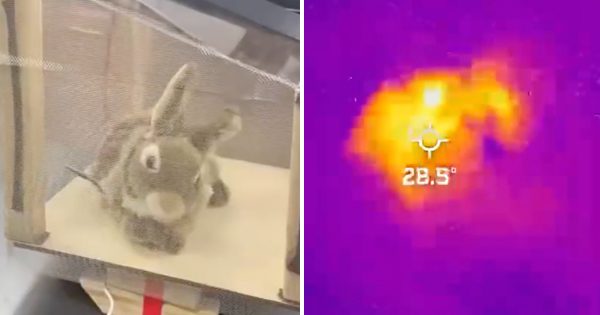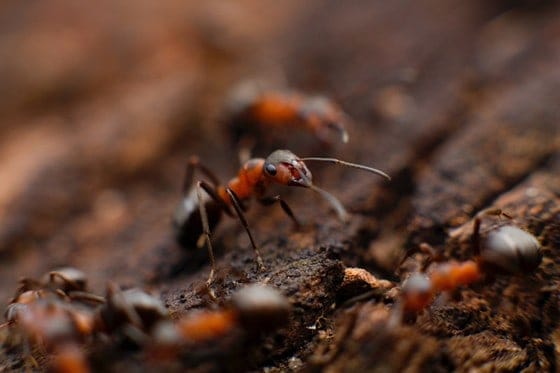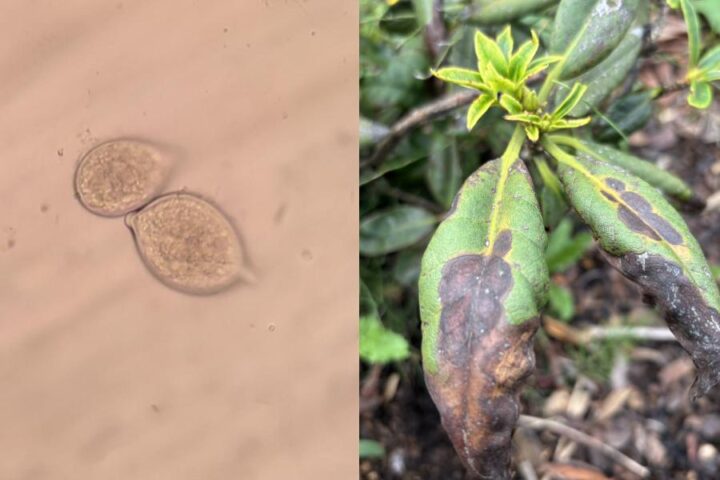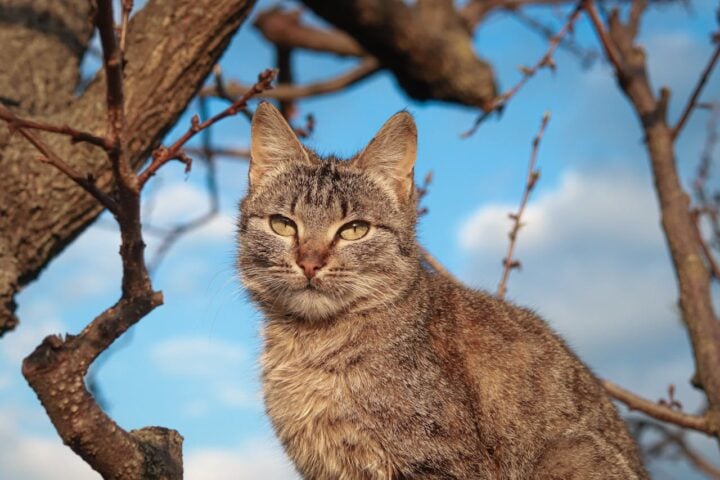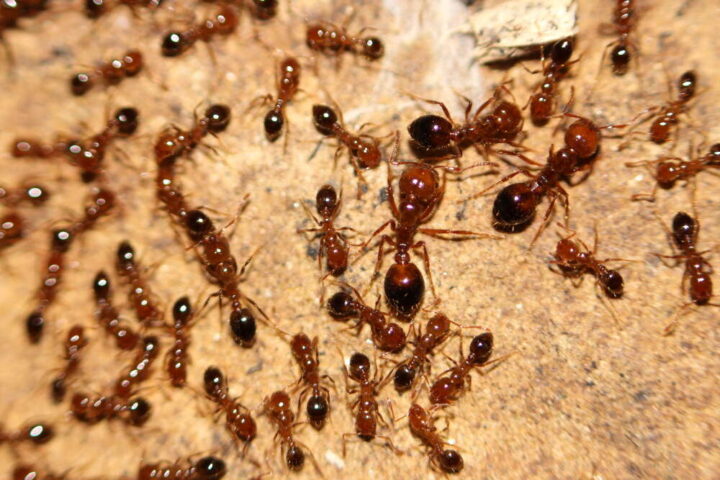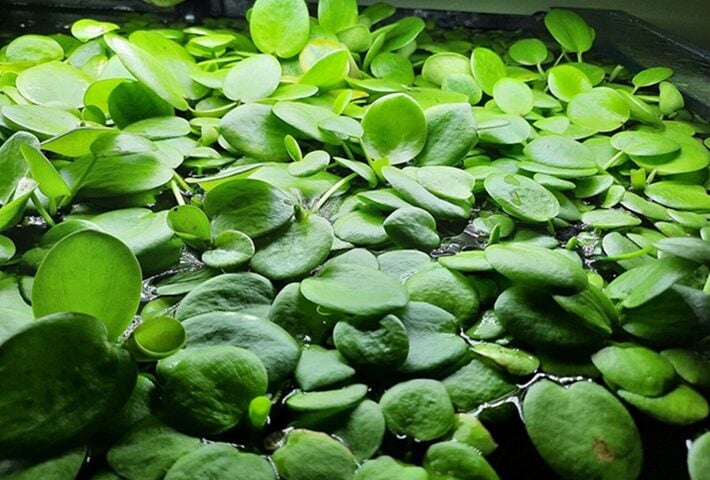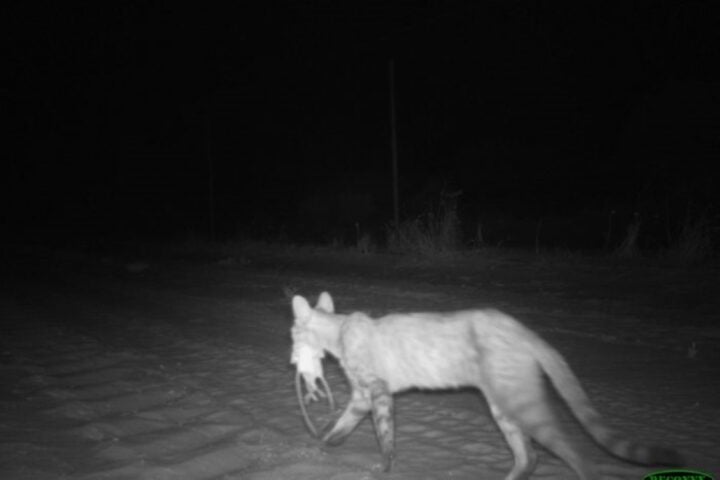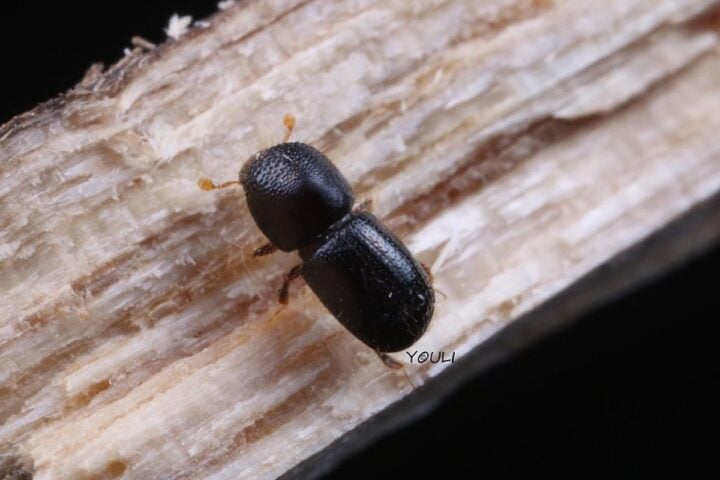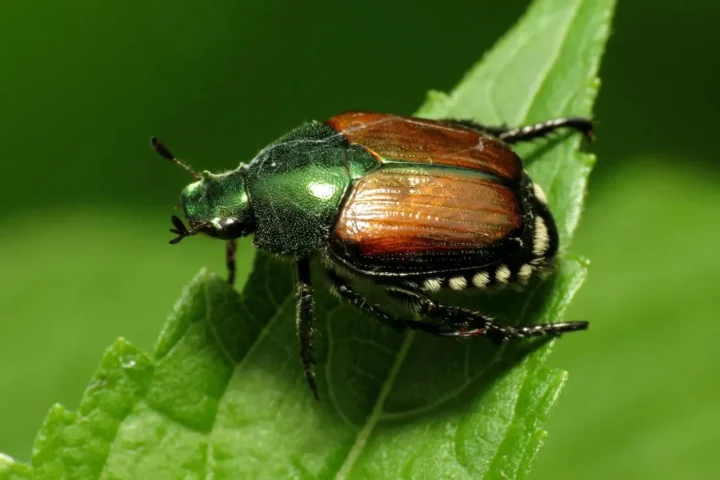The Michigan Department of Agriculture and Rural Development (MDARD) announced on Wednesday that the invasive spotted lanternfly had been discovered in Wayne County, with a few more discoveries in Monroe and Oakland counties. This discovery has raised concerns among agriculturalists and ecologists alike, as the spotted lanternfly poses a significant threat to Michigan’s crops and natural ecosystems.
Extensive Survey Reveals Infestations
In collaboration with the United States Department of Agriculture (USDA), MDARD conducted an extensive survey across 20 counties, leading to this discovery. Steve Carlson, MDARD pesticide and plant pest management division director, emphasised the importance of these surveying efforts in slowing the spread of the spotted lanternfly; he adds, “MDARD’s proactive approach to gathering data through targeted surveying and collaboration with our state and local partners is essential to curbing the pest’s spread.”
Economic Impact on Agriculture and Forestry
The spotted lanternfly feeds on more than 70 different plants, including crucial agricultural crops such as grape vines and fruit trees, as well as valuable hardwood trees. These feeding habits are damaging the crops, hurting the economic interests of Michigan’s agriculture and forestry industries. Dr. Robert Haack, a retired entomologist from the USDA Forest Service, warns, “We do not know when SLF will arrive in Michigan or in nearby states. It could take years or it may already be here. Therefore, the public should be on the alert for this insect and report it quickly when seen, given that early detection may allow for successful control of new introductions.”
Similar Posts
Ecological Consequences and Cascading Effects
Beyond its direct impact on plants, the spotted lanternfly’s presence can have cascading effects on local ecosystems. Adult lanternflies congregate on tree-of-heaven plants, where their honeydew secretions create a black sooty mould that attracts wasps and hornets. This alteration in insect populations can disrupt the delicate balance of natural habitats. Dr. Matt Gallo, Terrestrial Invasive Species Program Manager, cautions, “Spotted lanternfly have spread so much faster than a lot of invasives that we’ve seen in the past.”
Identifying and Reporting Spotted Lanternflies
To effectively combat the spread of the spotted lanternfly, public participation is crucial. “See it. Squish it. Report it.” campaign to encourage residents to identify and report sightings of this insect. Juvenile lanternflies, or nymphs, are typically found in early summer, while adult lanternflies appear in late summer. Residents are advised to destroy any egg masses, nymphs, or adult insects they find and report sightings with photos to the Eyes in the Field system for verification and identification.
Quarantine Measures and Control Strategies
In an effort to contain the infestation, MDARD is considering the implementation of quarantine measures and restrictions on the movement of plants, materials, and vehicles from affected areas. Chemical treatments, trapping, and biological controls are among the various methods being explored to manage the spotted lanternfly population. However, experts caution that eradication may prove challenging. “the necessity of early detection for successful control of new introductions,” notes Dr. Haack.
Learning from Other States’ Experiences
Michigan is not the first state to grapple with a spotted lanternfly infestation. Since its initial detection in Pennsylvania in 2014, the invasive pest has spread to 17 eastern and midwestern states. By examining the experiences and best practices of other states that have dealt with similar infestations, Michigan can develop a more effective strategy to manage the spotted lanternfly population. Collaboration and knowledge-sharing among states will be essential in the fight against this invasive species.
Not Just Squishing It
The confirmation of spotted lanternfly infestations in three Michigan counties serves as a sobering reminder of the ongoing threat posed by invasive species. As an experienced journalist who has witnessed the profound changes in our society over the past decades, I cannot emphasise enough the importance of swift, decisive action to address this issue. The potential economic and ecological consequences of the spotted lanternfly’s spread in Michigan are far-reaching and deeply concerning.
It is imperative that we, as a community, remain vigilant and proactive in our efforts to identify and report sightings of this destructive pest. By working together and leveraging the expertise of our state and local partners, we can take meaningful steps to slow the spread of the spotted lanternfly and mitigate its impact on our cherished agricultural and natural resources.
It is imperative that we, as a community, remain vigilant and proactive in our efforts to identify and report sightings of this destructive pest. The Department of Agriculture and Rural Development has provided several crucial precautions and measures that residents can take to prevent the further spread of the spotted lanternfly:
- The University of IIllinois Extension says, “In areas experiencing high populations of spotted lanternfly, a combination of mechanical control, host reduction, and chemical control is recommended to help contain and manage this insect at each life stage.”
- Check your vehicle: Before leaving an infested area, thoroughly inspect your vehicle for spotted lanternfly eggs or insects, paying close attention to doors, sides, bumpers, wheel wells, grills, and roofs. Destroy any eggs or insects found.
- Park with windows closed: When parked in an infested area, keep your vehicle’s windows closed to prevent spotted lanternflies from entering undetected.
- Remove and destroy pests: If you find spotted lanternfly nymphs or adult insects, crush them immediately. Scrape egg masses into a plastic bag containing hand sanitiser or rubbing alcohol to kill them.
- Report sightings: If you suspect you have found a spotted lanternfly, take photos and send a report to the Eyes in the Field system. Photos are necessary to verify the report and aid in identification.
By following these guidelines and working together with state and local partners, we can take meaningful steps to slow the spread of the spotted lanternfly and mitigate its impact on our cherished agricultural and natural resources.
However, we must also acknowledge that the battle against invasive species is an ongoing one, requiring sustained commitment and resources. As we navigate this latest challenge, let us not lose sight of the broader context in which it unfolds—a world increasingly shaped by the complex interplay of human activity, global trade, and environmental change.



